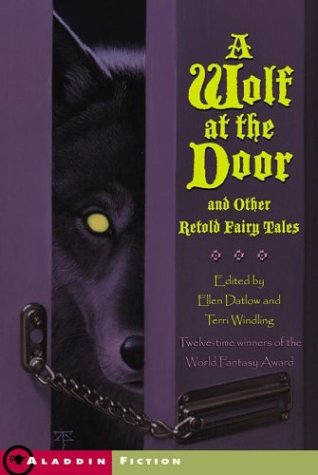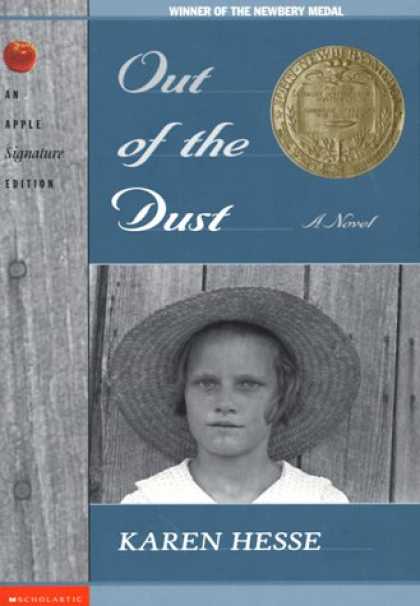
Bailey, J. (2004). Sex, Puberty and All That Stuff: A Guide to Growing Up. London: Franklin Watts.
Summary:
This book covers a lot of information on sex and puberty for boys and girls. It discusses all of the topics typical to books like this, such as sex organs and genitals, acne, birth control, pregnancy, peer pressure, and dating. It also discusses topics which other books might not tackle, such as penis size, lopsided breasts, homosexuality, and masturbation. Nicknames or slang terms are also included for genitals and sex organs. Questions such as, "Is it true you can't buy condoms until you're 16?" or whether you "can't use a tampon if you're a virgin" are explained in the book. The back of the book contains contact information for various services such as Advocates for Youth, adoption agencies, pro-choice resources, and gay and lesbian services. The images and diagrams in the book are all cartoons. There is a glossary at the back of the book, which defines all of the terms covered within the book.
Review:
It's been awhile since I've read a book on sex and puberty intended for young people, and boy is this one different than the one I had. At times I was almost shocked by some of the things included in this book, such as the slang terms for genitals. But then I realized that there are some young people who may of only heard of these body parts in slang terms and it is important for them to know their technical names. I felt like this book was more conversational and less clinical than the book I had when I was younger. I think that aspect of it will appeal to tweens. I also like that it is intended for both boys and girls. This book is very forward thinking, it included questions or facts that tweens might be curious about that they may learn about from friends or older siblings, but too embarrassed to ask. I think that this book would be a little mature for younger tweens, even though puberty can begin in young tweens.
Genre:
nonfiction
Reading Level:
Ages 10 - 15
Subjects/Themes:
puberty, sex
Annotation:
This book contains many of the sex and puberty questions you have, but are too embarrassed to ask.















